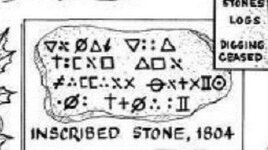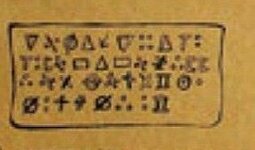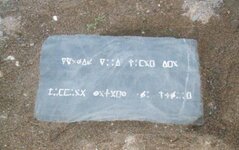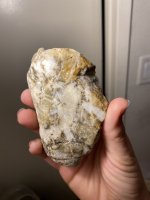Hot zone
Bronze Member
- Apr 26, 2012
- 1,032
- 259
- Detector(s) used
-
Tiger Shark 8" coil, vaquero 8"x9" and 5.75" WS, clean sweep coil, Gray ghost deep woods headphones
Whites TRX pointer
, Garrett gold stinger
- Primary Interest:
- All Treasure Hunting
Robot,
I think we know the idiom...do you need the definition of sarcasm? Do you not know when you are being punked?
I think we know the idiom...do you need the definition of sarcasm? Do you not know when you are being punked?

Last edited:










